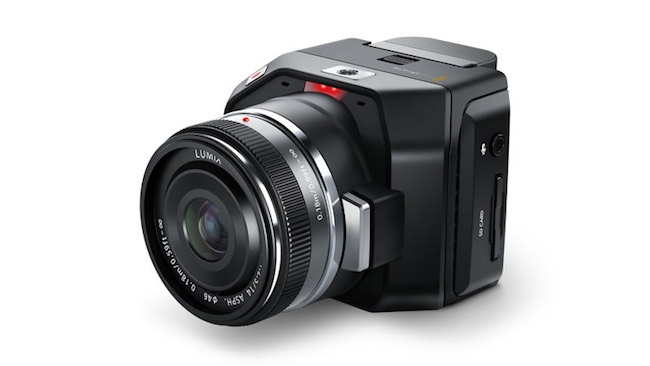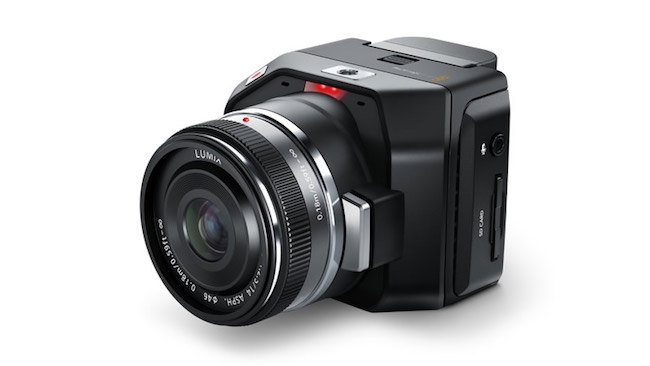
 From Training Day by Simon and Michael Shasha
From Training Day by Simon and Michael Shasha
While it may not grab the attention like other Blackmagic camera releases, Simon Wyndham reckons that new footage from the forthcoming Micro Cinema Camera proves it to be a very interesting proposition indeed.
The Blackmagic Micro Cinema Camera has been somewhat overshadowed by all the hope and desire of the Ursa Mini 4.6k. Like that camera, the Blackmagic Micro Cinema Camera (BMMCC) has also been delayed somewhat, but hasn't found the same sort of traction in the minds of those in the video industry.
This is somewhat of a shame, perhaps due in part to the camera being a 1080p affair, which in many people's minds may be considered an obsolete format. To think this would be a mistake, however. 1080 production, whether interlaced or progressive scan, is currently the standard. This is what most HDTV channels broadcast and it is also what the majority of online videos are distributed as. Let us not forget that while we look the other way, SD television broadcasts are still very much alive and well!
Overtaking the Pocket Cinema Camera
The Blackmagic Micro Cinema Camera therefore still offers a huge amount of value for today's production. Currently, the Blackmagic Pocket Cinema Camera (BMPCC) can be quite happily used as a stunt camera in large scale feature films without the restrictions that would be present from using a GoPro. In fact, the BMPCC has very similar colour properties to the Alexa and can be graded to a very, very close match.
The new Micro Cinema Camera, from initial footage releases, looks like it retains the same fantastic organic looking picture of its Pocket ancestor. There is no LCD and, unlike the Pocket, it is mostly intended as a POV, stunt or remotely placed camera, although it can still be rigged to be used as a micro camera setup. The Pocket Cinema always needed an external monitor to be used effectively, so I wouldn't be at all surprised to see people using the Micro Cinema Camera as a discrete documentary or easy-to-carry sports camera.
It is in this latter regard that many people may take to the Micro. The addition of a 60fps capability means that it will be better suited to capturing fast action and even helmet mounting. In addition to this, at frame rates up to 30fps, the camera can be switched to a global shutter mode, thereby appeasing critics of the Pocket Cinema unit who didn't like the rolling shutter effects.
Big promise, little price
Frankly, in my personal opinion, despite the setbacks with release dates, when it and the Ursa Mini 4.6k are released, never will there be a better time to buy affordable gear that gives you a picture within a hair's whisker of the big boys toys for every situation. If, in this case that is, you can get past the 'limitation' of 1080p.
Check out somber early footage from a preproduction Micro Cinema Camera below, from the short Training Day by Simon and Michael Shasha. This was shot using a 'narrow' shutter, hence the slightly staccato slow motion, but the possibilities are clear to see, especially when married to a handheld three-axis gimbal.
Tags: Production


Comments